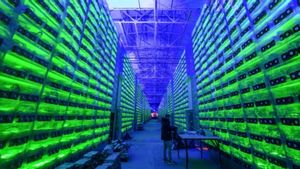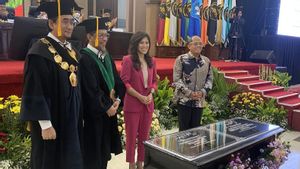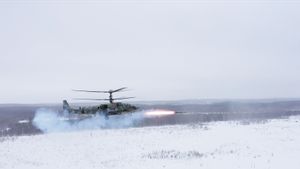JAKARTA - A team of researchers in the United States has developed a new machine learning-based framework to improve the security of computer networks in cars without sacrificing performance. This is in line with the increasingly distant use of computers in automotive technology, especially autonomous cars.
In collaboration with experts from Virginia Tech, the University of Queensland, and the Gwangju Institute of Science and Technology, researchers at the US Army Institute say “DESOLATOR” to help optimize a well-known cybersecurity strategy known as mobile target defense.
DESOLATOR stands for Deep Reinforcement Learning-based Resource Allocation and Mobile Target Defense Deployment Framework, which enables in-vehicle networks to identify optimal IP scrambling frequency and bandwidth allocation for the effective long-term defense of mobile targets.
“If everything is static, the attacker can take the time to look at everything and pick a target. However, if the IP address is shuffled fast enough, the information given to the IP will be lost immediately and an attack will occur. It needs to be searched again”, explained Dr. Terence Moore, US Army mathematician, in the caption.
The research team used deep reinforcement learning to incrementally shape the behavior of the algorithm based on various reward functions such as exposure time and the number of packets dropped, and DESOLATOR considered safety and efficiency equally.
“The existing in-vehicle networks are very efficient, but they weren't really designed with safety in mind”, says Moore. “Currently, there is a lot of research that focuses solely on improving performance or improving security. It's a bit unusual to consider performance and security, especially for an in-vehicle network".
Moreover, DESOLATOR is not limited to identifying the optimal IP shuffling frequency and bandwidth allocation.
This approach exists as a machine learning-based framework, which allows other researchers to modify the approach to pursue different goals in the problem space.
SEE ALSO:
According to computer scientist and Army program leader Dr. Frederica Freenelson, the increased level of preferred assets in this network is an integral part of all types of network protection.
“The ability to rebuild this technology is invaluable not only for expanding research but also for combining it with other cyber features for optimal cybersecurity protection”, said Nelson.
The English, Chinese, Japanese, Arabic, and French versions are automatically generated by the AI. So there may still be inaccuracies in translating, please always see Indonesian as our main language. (system supported by DigitalSiber.id)














